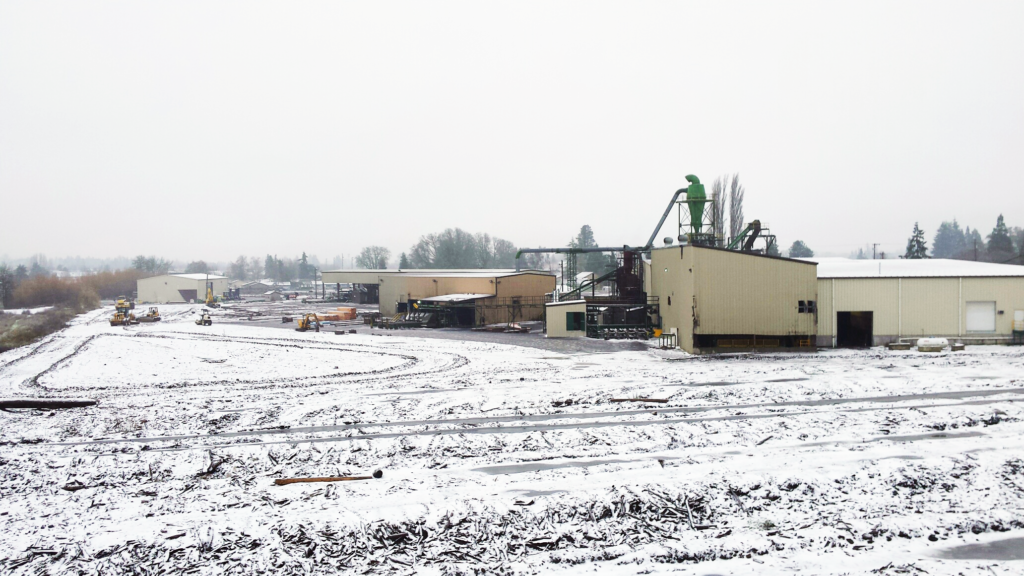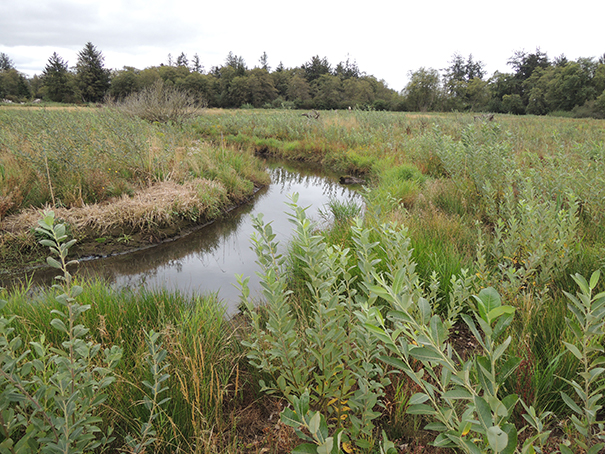Last week it became clear that the Oregon Department of Forestry (ODF) has a big problem on its hands. The 70-year Oregon State Forest Habitat Conservation Plan (HCP) the agency spent years developing will decimate the agency’s budget, do significantly more economic harm to surrounding communities than was previously reported, and shutter many large and small forest sector businesses. While the counties, taxing districts, and local forest sector businesses like Hampton have been sounding the alarm for years, the Board of Forestry has allowed this process to continue based on ODF’s unrealistic promises and inaccurate projections. Whether or not they admit it publicly, ODF is encountering a troubling reality; their proposed HCP isn’t delivering what they claimed it would. It’s time to take the blinders off.
Five years ago, ODF pitched the idea of an HCP to the Board of Forestry under the premise that such a plan would provide certainty and support the twin goals of enhanced habitat conservation and increased financial viability for Oregon State Forests. The plan would increase conservation measures while also allowing for 250 million board feet (MMBF) of timber harvest annually. These harvests generate revenue for ODF operations and county services and create economic opportunities for hundreds of local forest sector businesses and wood manufacturers.
What’s so great about an HCP and how does one go about getting one? A land manager (in this case, ODF) usually proposes a set of long-term plans that include a range of conservation measures and the federal agencies involved in regulating fish and wildlife (NOAA and USFW) give a thumbs-up or a thumbs-down to each plan. Once the federal agencies have signed off on your plan, the likelihood for environmental lawsuits over harvest operations is reduced so long as you follow the plan. Here’s the thing; the agencies don’t tell you exactly what you need to do to get a thumbs-up on your plan. They simply react to the plans they receive.
To the dismay of the counties and surrounding communities, instead of fully analyzing a variety of conservation approaches, and preparing an Oregon State Forest HCP that delivers the best approach for all Oregonians, ODF staff prepared a single “preferred alternative” and submitted it to the federal agencies blind to the consequences. The Board of Forestry was told submission of the application was merely “a step in the process,” and analysis of how the plan might perform would come later. The federal agencies are now analyzing that plan in isolation.
And how did that plan come together? Almost entirely behind closed doors. Over the course of two years, ODF staff met with other state and federal agencies in closed meetings where lines were drawn on maps and conservation measures discussed in private. Only after the work was completed was it shared with the public and the Board of Forestry. ODF gathered all its eggs in the dark and placed them in a single basket. Occasionally, ODF would release rosy harvest predictions that were greeted with a great deal of skepticism by the counties, rural communities and forest sector workers who reviewed them. In confirmation of that skepticism, those projections were slowly and repeatedly revised downward.
The facts have certainly changed. The question remains, will the Board of Forestry and ODF have the sense to alter course?
Now near the end of their journey, ODF has submitted its preferred alternative to the federal agencies and a little daylight is revealing that the bottom of the basket has fallen out entirely. Last week, ODF released harvest projections for the next two years based on its preferred alternative HCP. Starting this year, annual average harvests will drop as low as 165 MMBF a year, a 34% reduction from the annual 250 MMBF ODF presented to the Board of Forestry just a few months ago. According to ODF, these lower harvest levels are not expected to increase over the 70-year life of the HCP. The counties, along with rural public service providers, residents and local businesses will just have to absorb the social and economic losses, and live with the mess. ODF’s hope, one assumes, is that state legislators will allow some of that shortfall to be offset with dollars from the state’s General Fund.
I believe the festering problems now coming to light are due to a lack of transparency and oversight from the Board of Forestry. No one likes to admit mistakes. There is undoubtedly significant pressure to live with the current plan given the time and energy that has been invested to date. However, this plan would lock the state and the surrounding counties into a long-term management regime that will affect local communities for generations. It would be a disservice to all Oregonians to push through a flawed plan just to save time and face.
Given HCP implementation is resulting in radically different outcomes than what was originally projected, the Board has an obligation to re-evaluate ODF’s proposed HCP for Oregon State Forests. Luckily, the Board has time and options at their disposal. The federal agencies have never claimed a less restrictive HCP that allows for more harvest activity wouldn’t also pass muster. The Board can and should direct ODF staff to prepare a revised HCP (heck, maybe two!) that gets harvests levels back up to the levels proposed at the start of this process. ODF staff have already done a lot of the legwork required, they just need someone to tell them it’s okay to try again.
The facts have certainly changed. The question remains, will the Board of Forestry and ODF have the sense to alter course?
Steve Zika, CEO
Hampton Lumber



